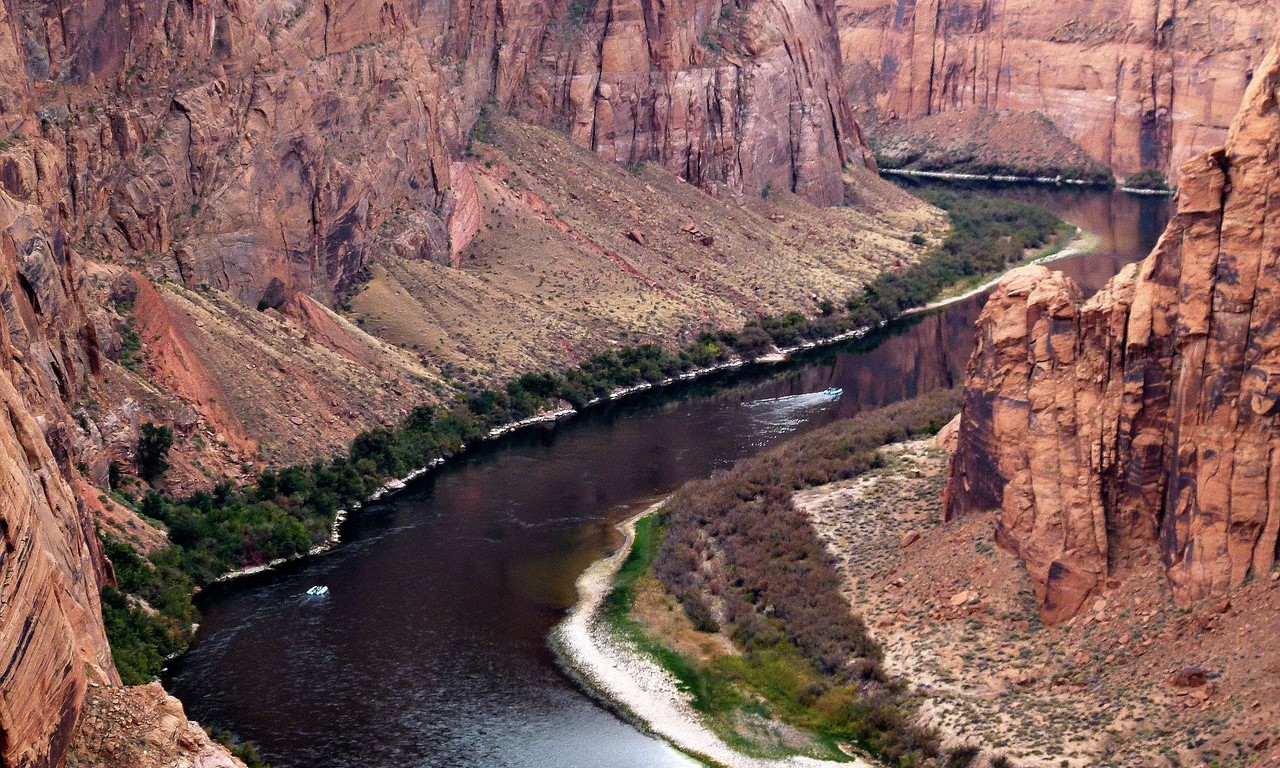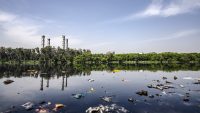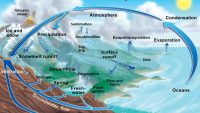Water erosion is a natural process whereby water transports soil and rock particles from one location to another, shaping the Earth’s surface over time. It occurs through various mechanisms, including sheet erosion, rill erosion, gully erosion, and streambank erosion, each influenced by factors such as precipitation intensity, soil type, slope gradient, and land use practices. Sheet erosion involves the uniform removal of thin layers of soil by flowing water, often occurring on gentle slopes and resulting in the loss of fertile topsoil. Rill erosion occurs when concentrated flow forms small channels, or rills, on the soil surface, while gully erosion involves the formation of deeper and wider channels known as gullies, typically in areas with high runoff and inadequate vegetation cover.
Water erosion can have significant impacts on soil fertility, land productivity, and ecosystem health. As soil particles are transported by water, valuable nutrients and organic matter can be lost, leading to soil degradation and reduced agricultural yields. Additionally, water erosion contributes to sedimentation in water bodies, impairing water quality, disrupting aquatic habitats, and increasing the risk of flooding. The effects of water erosion are particularly pronounced in regions with vulnerable soils, steep terrain, intense rainfall events, and unsustainable land management practices.
Mitigating water erosion requires a multifaceted approach that addresses both the underlying causes and the immediate impacts of erosion. Soil conservation practices such as contour plowing, terracing, and strip cropping help to minimize soil loss by reducing the speed and volume of runoff and enhancing soil stability. Vegetation plays a crucial role in erosion control by intercepting rainfall, stabilizing soil with root systems, and promoting infiltration. Afforestation, reforestation, and the establishment of riparian buffers are effective strategies for restoring vegetation cover and enhancing ecosystem resilience against erosion. Furthermore, land-use planning, erosion monitoring, and community engagement are essential components of sustainable watershed management efforts aimed at mitigating water erosion and preserving soil and water resources for future generations.

Here are 10 interesting facts about water erosion to know more about it.
- Grand Canyon Formation : The Grand Canyon in the United States is a striking example of water erosion’s power over geological time. The Colorado River carved through layers of rock over millions of years, creating the awe-inspiring canyon we see today.
- Natural Arch Formation : Water erosion has also sculpted natural arches and bridges in various landscapes worldwide. Over time, rivers and streams gradually wear away softer rock layers, leaving behind these unique geological formations.
- Landform Diversity : Water erosion contributes to the formation of diverse landforms such as valleys, canyons, gorges, and waterfalls, showcasing the dynamic interplay between water and Earth’s surface over millennia.
- Sediment Transport : Water erosion not only removes soil particles but also transports them downstream, contributing to the formation of sediment deposits in riverbeds, floodplains, and deltas. These sediments play essential roles in shaping landscapes and supporting ecosystems.
- Coastal Erosion : Along coastlines, water erosion from waves and tides can lead to the gradual retreat of shorelines, impacting coastal communities, habitats, and infrastructure. Coastal erosion is a significant concern in regions vulnerable to sea level rise and storms.
- Arroyo Formation : Arroyos, or dry riverbeds, are formed by intermittent water flow and erosion in arid and semi-arid regions. While arroyos may appear dry for most of the year, they can experience flash floods during heavy rainfall events, posing risks to nearby communities.
- Badland Formation : Badlands are characterized by deeply eroded, barren landscapes with intricate networks of gullies and ravines. Water erosion is a primary driver of badland formation, particularly in regions with soft sedimentary rock and sparse vegetation cover.
- Soil Loss : Water erosion can lead to significant soil loss, impacting agricultural productivity, soil fertility, and ecosystem health. Soil conservation measures such as contour farming, cover cropping, and terracing help mitigate erosion and preserve soil resources.
- Ephemeral Stream Channels : Ephemeral streams are intermittent watercourses that flow only in response to precipitation events. These streams often exhibit dynamic channel changes and erosion patterns, highlighting the transient nature of water erosion processes.
- Canyonlands National Park : Canyonlands National Park in Utah, USA, showcases dramatic examples of water erosion’s influence on landscapes, with intricate canyon systems carved by the Colorado River and its tributaries over millions of years. The park’s diverse geology and stunning vistas attract visitors from around the world to witness the enduring legacy of water erosion.
Water erosion stands as a powerful force shaping the Earth’s surface, sculpting landscapes, and influencing ecosystems on a vast scale. From the gradual carving of majestic canyons to the formation of intricate river valleys and coastal features, water erosion leaves its mark on the planet over geological timeframes. However, while water erosion contributes to natural processes of landscape evolution, it also poses challenges, such as soil degradation, habitat loss, and coastal retreat, particularly in the face of human-induced environmental changes.
Recognizing the significance of water erosion and its impacts, efforts to manage and mitigate erosion are vital for preserving soil fertility, safeguarding ecosystems, and protecting human communities. Through sustainable land management practices, conservation initiatives, and informed decision-making, we can work towards minimizing the adverse effects of water erosion and fostering resilience in the face of dynamic geological processes. As stewards of the Earth, it is our responsibility to strike a balance between harnessing the benefits and mitigating the risks associated with water erosion, ensuring the continued health and sustainability of our planet’s landscapes.



